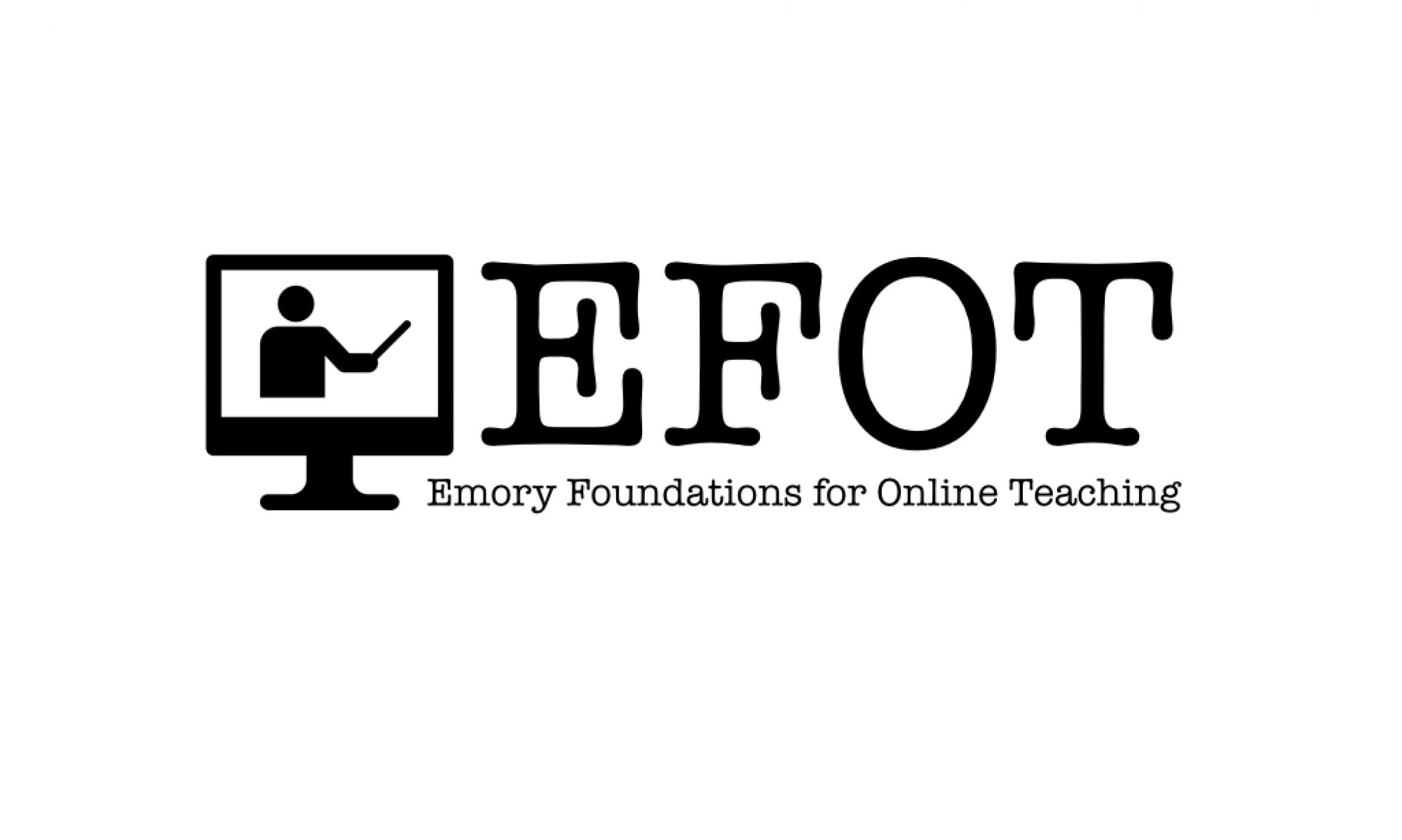I currently do not teach online courses, so my reflection is more about presence in my face-to-face course and how I might consider each type of presence in an on-line format.
Social Presence: I understand social presence to be the real connections between students and connections between students and the instructor as real people. One example of social presence amongst students is the semester long group project that students develop in weekly small group meetings. This fosters social presence as it involves group work, engagement, decision making, identifying group members strengths and weakness and so on. Such a project would be difficult, I think, to do in an online format unless broken into more discrete tasks where students could work in pairs or small groups. For student-instructor social presence, I always start a course with an introduction about myself – academic and personal background, how I got to where I am and how all this is helpful for their learning. In smaller classes I ask students to do the same introductions so that I can learn who is in the room, where their strengths and limitations are on the course content. I also emphasize that students are there to learn from each other as much as from me. This would be easy to transfer to the on-line environment through voice thread as we did in in EFOT courses.
Cognitive Presence: I understand this to be how students engage with the materials, apply the concepts and check their own learning. Many class assignments would do this as they involve applying concepts learned in an assignment. One examples – students need to design a research instrument using lectures, weekly readings and examples, then swap this with a partner to critique each others instruments and share their assessment with the partner. This involves active learning by application of skills in design, critique and feedback and includes some social presence.
Teaching Presence: I understand this refers to an instructors presence (real or virtual) in managing the learning process. In each of my lectures I try to embed small activity to engage the class in what I have just shared – for example, Ask someone to “define the concept of reflexivity in their own words” then ask others to “share examples of how you would use reflexivity in your group project”. Simple exercises so that I can engage with the class, check their understanding, discuss confusing elements, and students can listen to thoughts and struggles of others. I also share lots of anecdotes of field experiences – good and bad – and ask how they would do it differently. Perhaps this also intersects with cognitive presence. I struggle with how to do an interactive lecture like this online.
